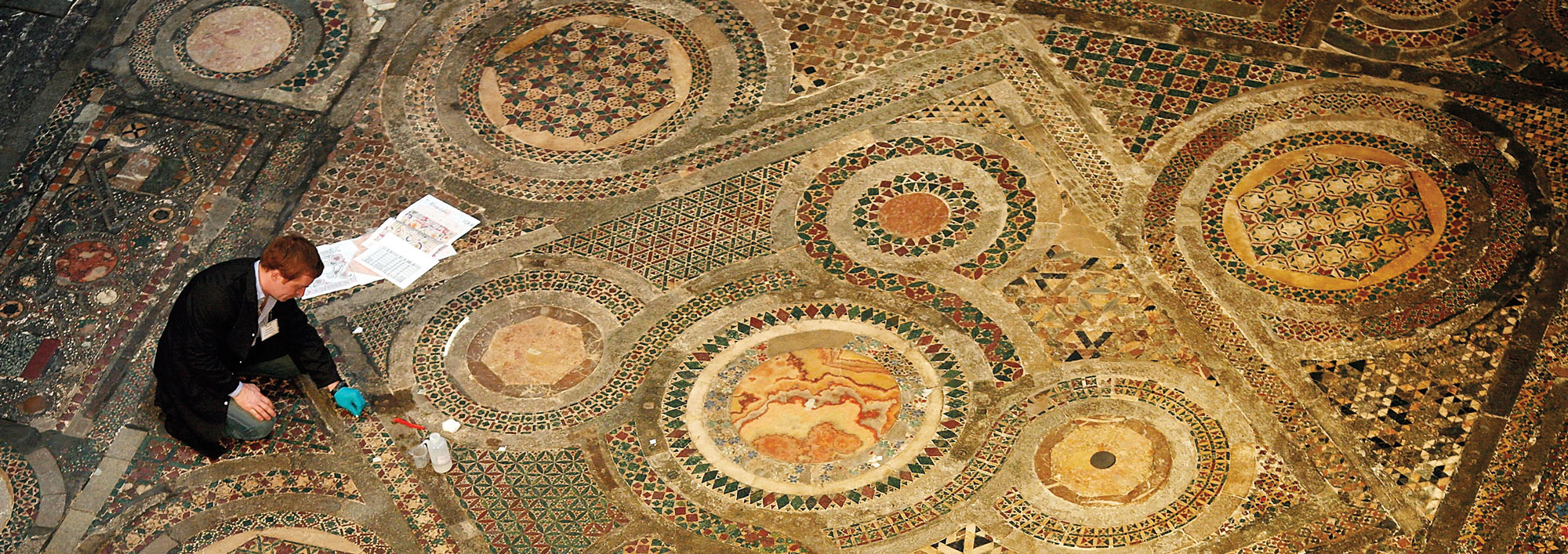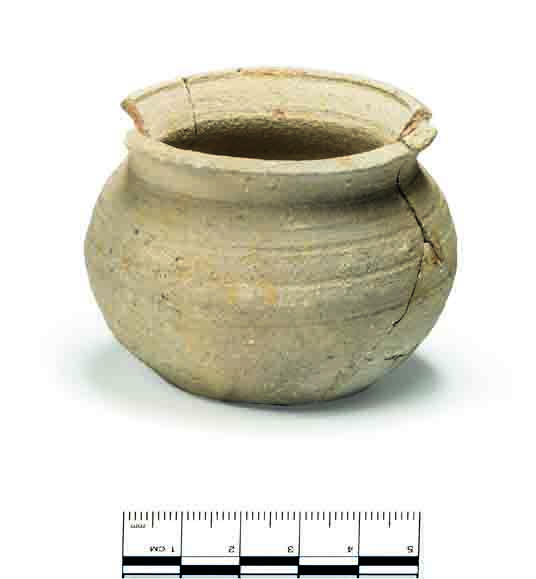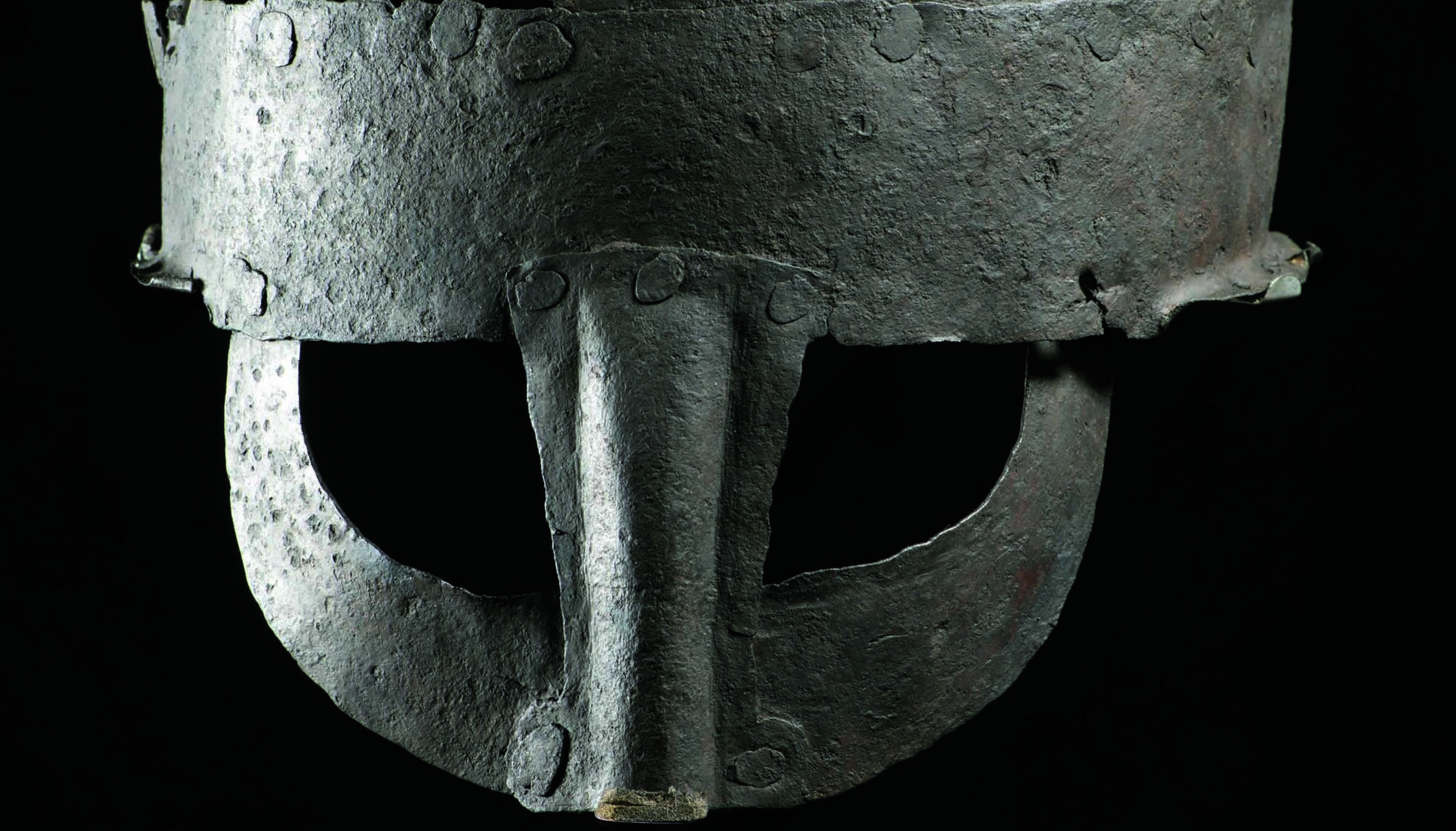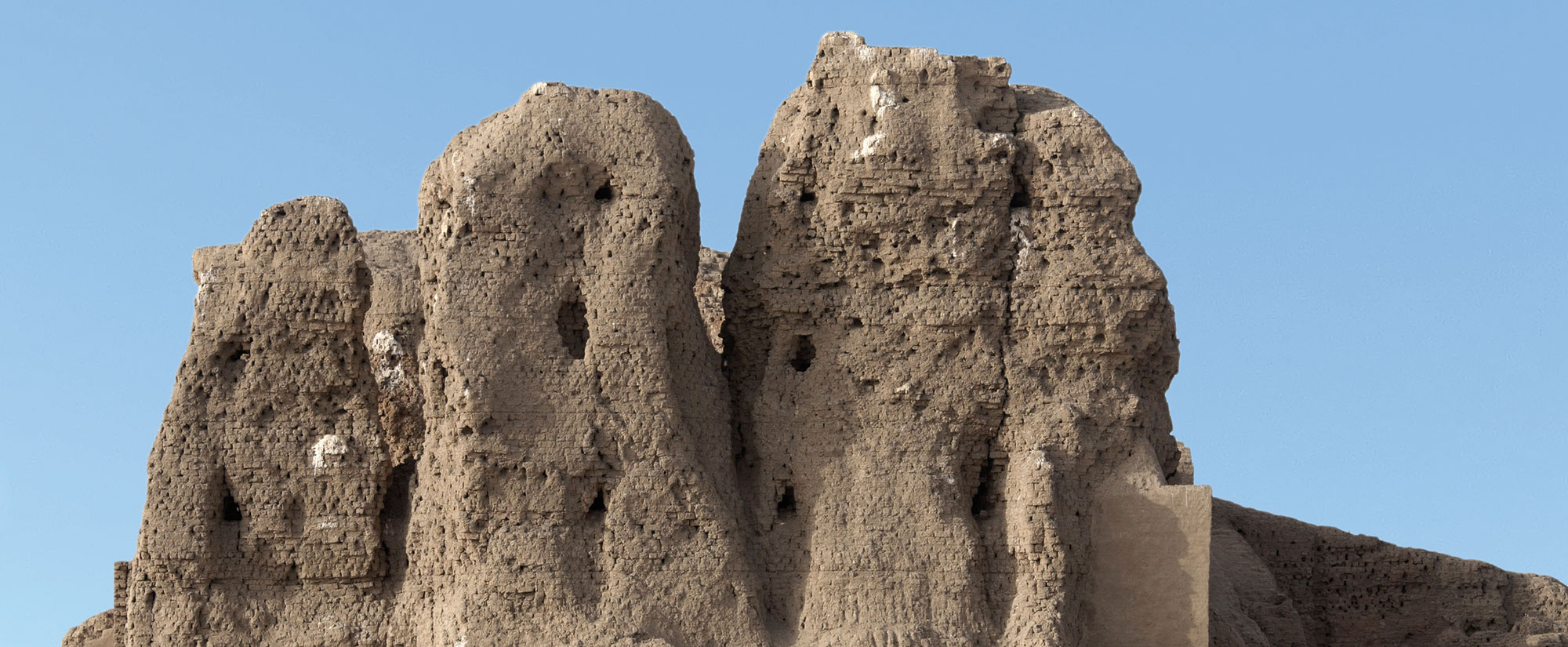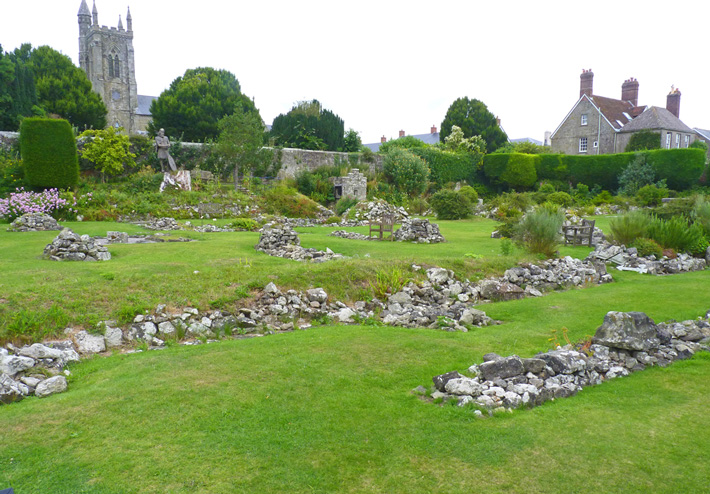
DORSET, ENGLAND—The Guardian reports that a team of researchers led by archaeologist Julian Richards unearthed a carved stone head at the site of Shaftesbury Abbey, which was founded as a religious house for women in southwestern England in the late ninth century by Alfred the Great and dissolved in the sixteenth century by Henry VIII during the English Reformation. The statue fragment features flowing locks and headgear featuring raised bits suggestive of jewels. Richards thinks the statue may date to the 1340s and represent Edward II, who relinquished the crown to his son in 1327. “It could be a stylized image of a Saxon king, possibly even Alfred,” Richards added. “The quality of the carving is absolutely stunning. You can even see the eyelids.” The head is thought to have been part of a gallery of statues of monarchs that would have screened the nuns from other worshippers. Although much of the abbey’s stone was hauled away as building material by local people in the sixteenth century, Richards explained, the head would have been useless to them. For more on Alfred the Great, go to "In Search of History's Greatest Rulers: Alfred, King of Wessex."


